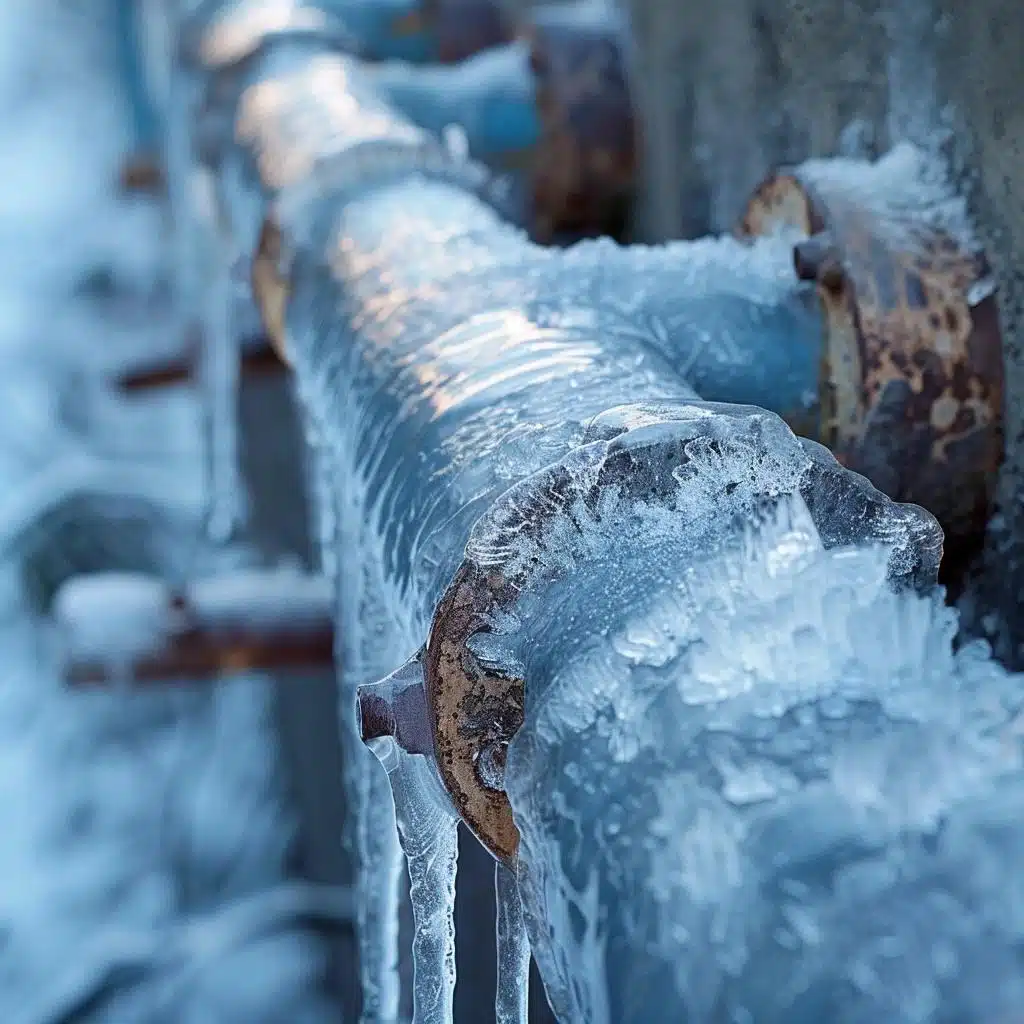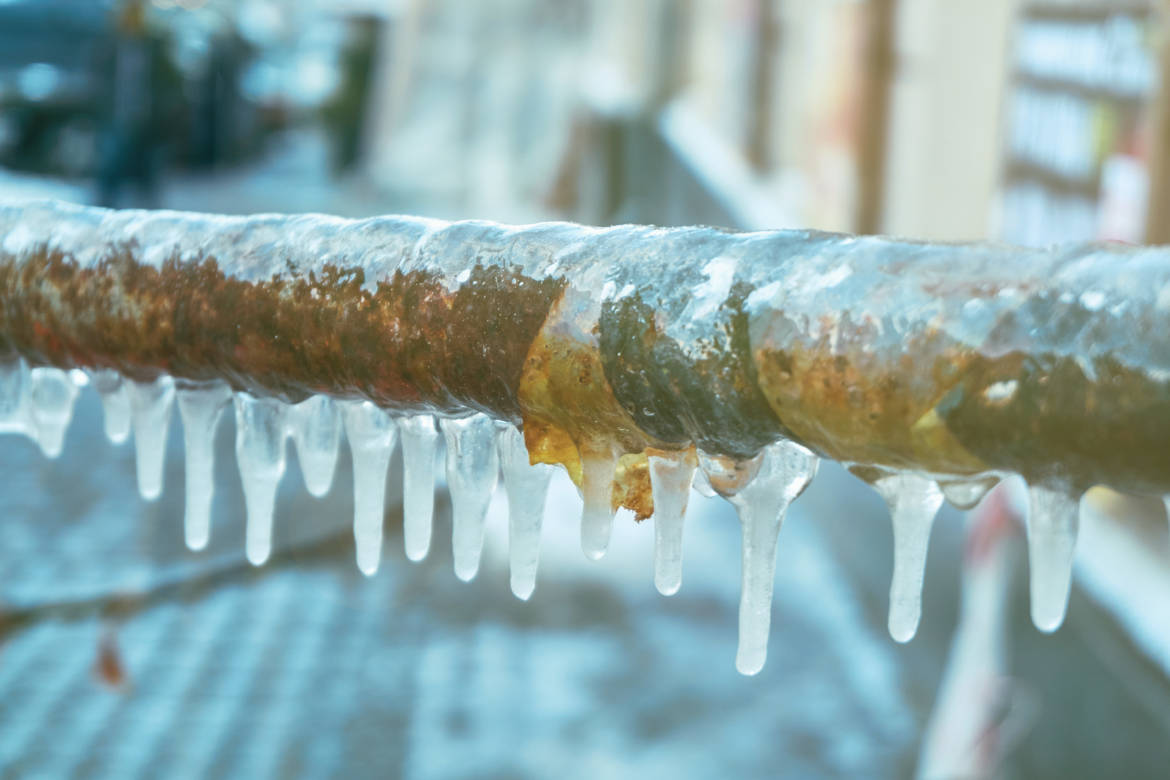Safeguarding Your Pipes from Cold Weather Damage: Key Approaches
Safeguarding Your Pipes from Cold Weather Damage: Key Approaches
Blog Article
On this page in the next paragraphs you might get a lot of incredibly good tips with regards to How To Avoid Freezing Pipes.

Winter can damage your pipes, especially by freezing pipelines. Right here's how to stop it from taking place and what to do if it does.
Introduction
As temperature levels decrease, the risk of icy pipes rises, potentially leading to costly repair services and water damages. Recognizing how to avoid icy pipelines is essential for home owners in cool environments.
Comprehending Frozen Pipelines
What triggers pipelines to ice up?
Pipelines ice up when revealed to temperature levels listed below 32 ° F (0 ° C) for prolonged periods. As water inside the pipelines freezes, it increases, putting pressure on the pipe wall surfaces and potentially creating them to burst.
Dangers and problems
Frozen pipes can lead to water disturbances, residential or commercial property damages, and costly fixings. Ruptured pipelines can flooding homes and cause considerable structural damages.
Indicators of Frozen Piping
Recognizing icy pipelines early can avoid them from rupturing.
Exactly how to determine icy pipes
Search for lowered water flow from taps, unusual odors or sounds from pipelines, and visible frost on subjected pipelines.
Prevention Tips
Shielding at risk pipes
Wrap pipes in insulation sleeves or use warmth tape to secure them from freezing temperatures. Concentrate on pipes in unheated or external areas of the home.
Heating techniques
Keep interior rooms appropriately heated up, especially locations with plumbing. Open up closet doors to permit warm air to distribute around pipes under sinks.
Safeguarding Outside Pipes
Garden hoses and outdoor taps
Disconnect and drain pipes garden pipes before winter. Install frost-proof faucets or cover outside taps with protected caps.
What to Do If Your Pipes Freeze
Immediate actions to take
If you think icy pipes, maintain faucets open to ease stress as the ice melts. Use a hairdryer or towels taken in warm water to thaw pipelines gradually.
Long-Term Solutions
Architectural changes
Think about rerouting pipelines away from outside wall surfaces or unheated areas. Add additional insulation to attic rooms, cellars, and crawl spaces.
Upgrading insulation
Buy high-grade insulation for pipes, attic rooms, and wall surfaces. Appropriate insulation assists keep consistent temperature levels and minimizes the danger of icy pipelines.
Verdict
Avoiding icy pipes calls for proactive actions and fast actions. By comprehending the reasons, indications, and safety nets, house owners can shield their pipes throughout winter.
6 Proven Ways to Prevent Frozen Pipes and Protect Your Home
Disconnect and Drain Garden Hoses
Before winter arrives, start by disconnecting your garden hoses and draining any remaining water. Close the shut-off valves that supply outdoor hose bibs and leave the outdoor faucet open to allow any residual water to drain. For extra protection, consider using faucet covers throughout the colder months. It’s also important to drain water from any sprinkler supply lines following the manufacturer’s directions.
Insulate Exposed Pipes
Insulating your pipes is an effective way to prevent freezing. Pipe insulation is readily available at home improvement stores and is relatively inexpensive. Pay close attention to pipes in unheated areas such as the attic, basement, crawl spaces, or garage. Apply foam insulation generously to create a buffer against the cold. You can also wrap your pipes in heat tape or thermostat-controlled heat cables for added warmth.
Seal Air Leaks
Inspect your home for any cracks or openings that could let in cold air. Seal any holes around the piping in interior or exterior walls, as well as the sill plates where your home rests on its foundation. Additionally, make sure to keep your garage door closed unless you’re entering or exiting. Leaving it open creates a significant air leak that can lead to frozen pipes.
Allow Warm Air Circulation
During cold snaps, it’s essential to allow warm air to circulate evenly throughout your home. Leave interior doors ajar to promote better airflow. Open kitchen and bathroom cabinets to help distribute heat consistently around the rooms. If you have small children or pets, be sure to remove any household chemicals or potentially harmful cleaners from open cabinets for safety.
Let Faucets Drip
A small trickle of water can make a big difference in preventing ice formation inside your pipes. When temperatures drop significantly, start a drip of water from all faucets served by exposed pipes. This continuous flow helps prevent the water from freezing. Additionally, running a few faucets slightly can relieve pressure inside the pipes, reducing the chances of a rupture if the water inside does freeze.
https://choateshvac.com/6-proven-ways-to-prevent-frozen-pipes-and-protect-your-home/

We had been shown that editorial about Helpful Tips to Prevent Frozen Pipes this Winter through a pal on a different blog. Sharing is good. Helping people is fun. Thanks for being here. Don't hesitate to come visit our website back soon.
Click Here Report this page